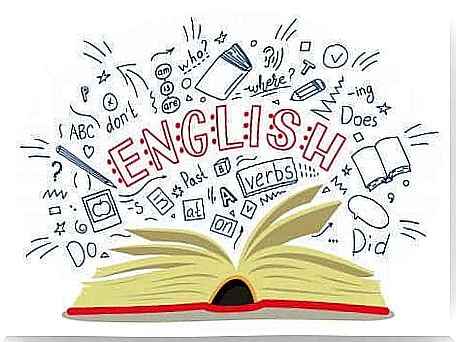The Best Short Stories To Learn English From An Early Age

Children’s tales are one of the best resources we can find to help our children learn English. Of course, it is necessary to choose well. Stories to learn English must have characteristics that make them motivating and, in addition, help us in our intention to help children learn the new language.
Why are children’s stories in English an excellent resource?
- First, because they are motivators. Children find them attractive, especially the illustrated ones, and it’s easy for them to catch their attention.
- Because they use simple, repetitive vocabulary that will help them understand the story and remember the vocabulary.
- Illustrations help children understand the meaning.

- It’s one of the best ways to find vocabulary in a child-significant context.
- They read them over and over, which helps them become familiar with the vocabulary and expressions.
- Children can learn about cultural differences through the stories and their characters.
- On the internet, we can find many resources related to the short story (videos, music, games…)
Which English short stories can I choose?
In my experience as a mother and an English teacher, these books are some of the ones children enjoy the most and, moreover, some of the best for learning English at home:
- The Very Hungry Caterpillar, by Eric Carle. The story of the greedy caterpillar, a classic in British children’s literature, is one of my favorites. It is a caterpillar that is born on a Sunday and during the week it eats different foods. Thus, this book is ideal for learning the days of the week and foods in English.
- Dear Zoo, by Rod Campbell. None of the animals that arrive from the zoo are meant to be kept at home as pets. Neither the elephant, which is too big, nor the giraffe, which is too tall… Until the end, they don’t find the perfect animal to have as a mascot. Ideal for learning zoo animals and adjectives.
- Brown bear, brown bear, what do you see?, by Eric Carle. Animal and color repeating book, excellently illustrated, attractive and memorable. The brown bear, the blue horse, the green frog, the lilac cat, the red fish, the black sheep, the white dog, the goldfish, the yellow duck… Besides, we can find many resources related to this tale on the internet, from videos, music, to games and coloring pages.

- Ketchup on your cornflakes, by Nick Sharratt. This book of super fun and very easy questions will get a lot of laughs. The book is divided into two parts with curious questions, such as “Do you like ketchup in your cereal?” or “Do you like toothpaste on your toast?” Children love it. It is ideal for learning vocabulary, because the images illustrate the word, and for practicing the “Do you like…?” questions with food and other vocabularies.
- Handa’s Surprise, by Eileen Browne. Handa is a girl who lives in Kenya and one day decides to surprise her friend Akeyo with a basket with seven delicious fruits. So, on the way to reach her friend’s tribe, she starts thinking about which fruit her friend will like the most. However, distracted in her thoughts, she will encounter different animals that will make her, at the end of the story, surprise herself. This book is very useful for learning vocabulary of fruits, animals and culture about the African continent. Finally, on the internet there are also a lot of resources related to the tale.
audiobooks
In the market, there are audiobooks ( audiobooks ), which are books with CD in which there is a recording of the story read by an English-speaking person. This type of book can help us a lot if we are not sure of our own level of English, or if we want to improve it.
So, why not take the opportunity to introduce short stories in English to our family? Learning English at home with our children has never been so easy and fun.









